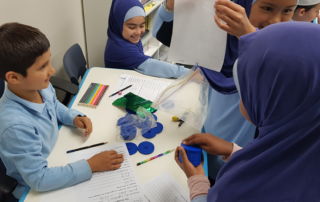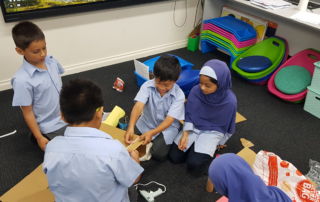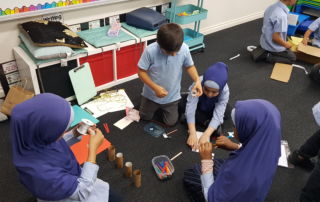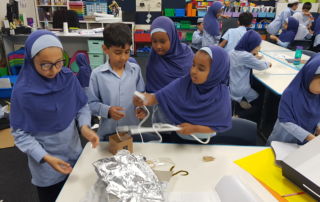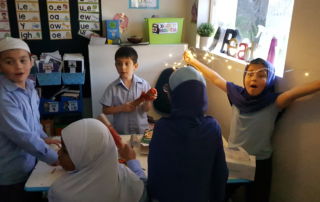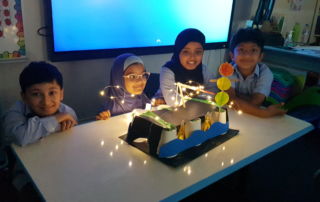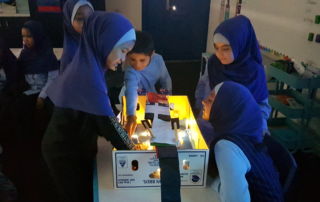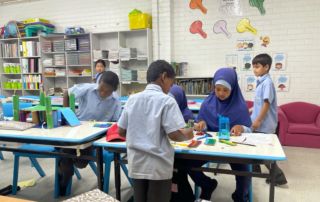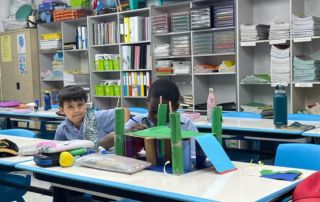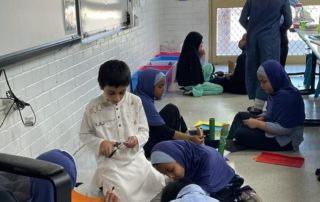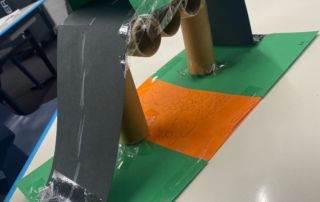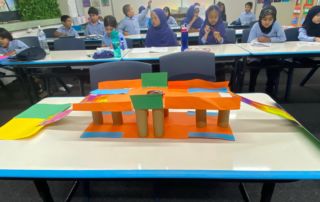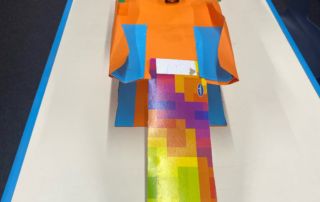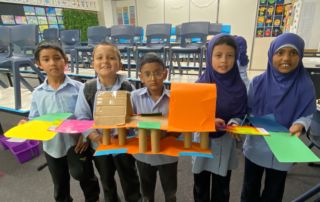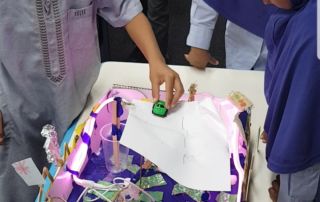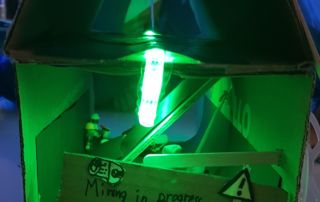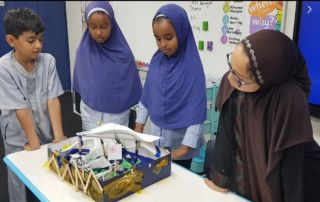14 December 2021
Feels like only yesterday we were welcoming nervous year 2 students into our classrooms and suddenly we have reached the end of the year and we begin to say goodbye to our brave and brilliant year 2 students. Our students have worked extremely hard to prepare for year 3 and we can confidently say they are ready! Just look at what our year 2 students have achieved this term in STEM.
This term’s STEM project was integrated into our science program. This term’s focus was materials and their properties. Our year 2’s STEM objective was to design and build a paper bridge that could hold the weight of a toy car. To go about this let us take you through the design process and see what each step entailed. The design process involves ask, imagine, plan, create, improve, and share.
ASK: Students investigated different types of paper such as baking paper, wrapping paper, tracing paper and tissue paper. Students were instructed to ask which paper is the strongest. They gave their hypothesis then the children experimented with different types of paper to see which one was strongest. They did this by hanging 10g weights at the end of papers and seeing which paper could hold the most weight before tearing. The class kept a record of their results using tables then to make it easier to read and analyse they placed the data collected into graphs, enabling us to integrate some of our math skills garnered over the year.
IMAGINE: Based on the information collected through the paper investigation students were given the objective to design a bridge (constructed mostly of paper) that could hold a toy car. Students we instructed to think carefully about the paper they would choose based on its properties. The class then looked at examples of famous bridges (landmarks) in the world and what made them so strong. This allowed us to integrate our HASS knowledge and skills learned over the year. Students looked at beam bridges, truss bridges and suspension bridges. Students took notes on design and structure and imagined the type of bridge they would build.
PLAN: The class was then placed into groups where they brainstormed ideas and planned how to best build a bridge that could hold a toy car. They decided on materials they would use, planned their design then sketched and labeled their diagram (art integration)
CREATE: The following week students excitedly brought in their materials and worked together to construct their bridges. Once complete students tested their products. There was some success and of course some disappointments, but this is exactly where the learning takes place. Through failures flourish success, so long as you are persistent, a concept learned and practiced in our health lessons.
IMPROVE: Many challenges were faced and resolved such as finding the right materials, construction and working together as a team. These challenges affected results which showed the importance of teamwork and communication. Our students then learned to work together to improve their design through modifications before sharing their bridges with the class.
SHARE: Students enjoyed sharing their prototype with the class and learning from each other and now we are excited to share our bridges with YOU!
– Team Year 2


